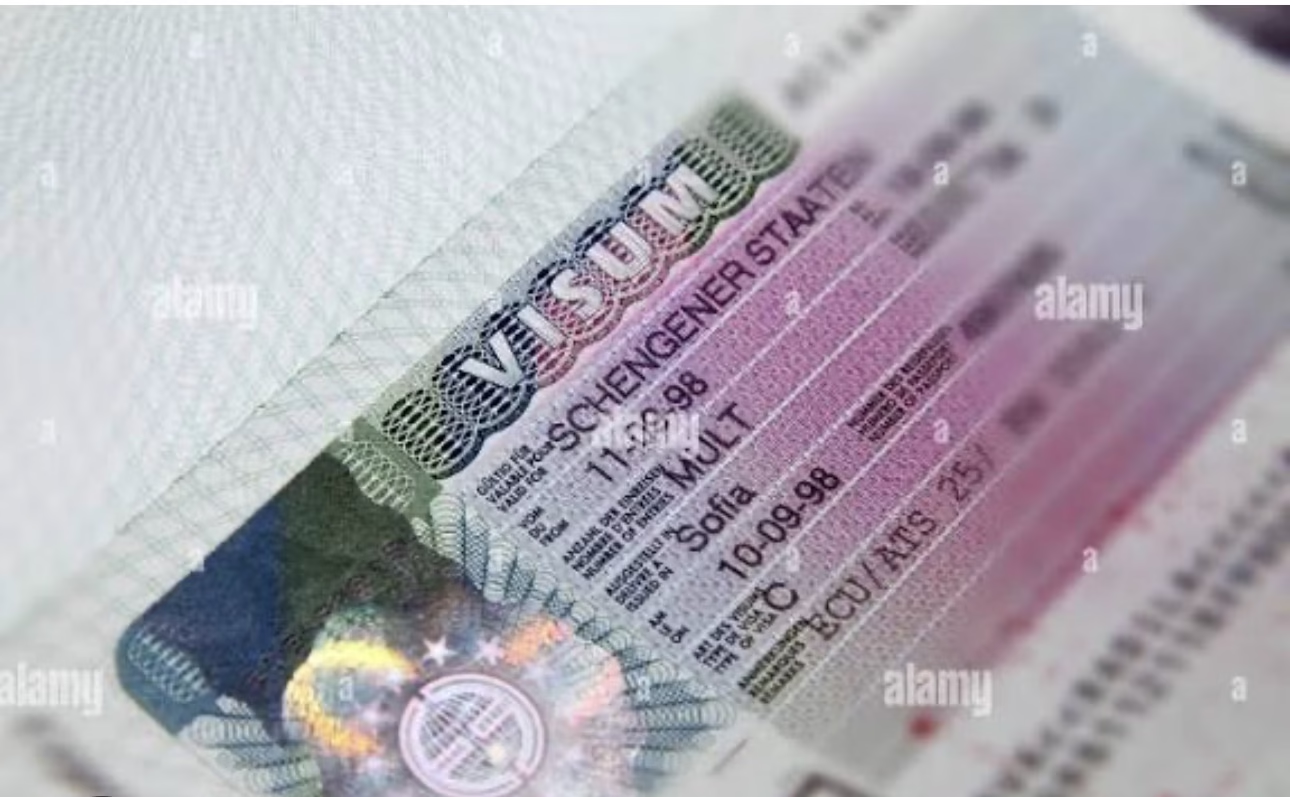EU to Replace Passport Stamps with Biometric Entry/Exit System from October 2025

In a landmark move to modernize border control and improve travel security, the European Union (EU) has announced that beginning October 12, 2025, traditional passport stamps will be replaced by a new biometric Entry/Exit System (EES) across all Schengen Area borders.
The EES will record biometric data — including fingerprints and facial recognition — of all non-EU travelers entering or leaving the Schengen zone. The system will automatically log the traveler’s name, type of travel document, date, and place of entry and exit, as well as biometric identifiers, replacing the manual stamping process that has been in use for decades.
According to the EU Commission, this change aims to enhance border efficiency, strengthen security, and prevent overstays by keeping accurate electronic records of visitors. It will also simplify procedures for frequent travelers, reduce waiting times at airports, and minimize the risk of document fraud.
Under the new system, travelers from outside the EU — including those visiting for short stays, tourism, business, or family purposes — will be required to register their biometric details at self-service kiosks or automated border gates before proceeding to passport control.
While many have welcomed the innovation as a step toward a smarter and more secure Europe, others have expressed concerns over data privacy and potential technical glitches during the rollout. Border control authorities are currently testing the system at several airports and land crossings in preparation for full implementation.
The new biometric Entry/Exit System will apply to all Schengen member states, including countries such as France, Germany, Italy, Spain, and the Netherlands, as well as non-EU members like Norway and Switzerland that are part of the Schengen zone.
With this transition, the EU joins a growing list of regions adopting digital border management technologies to streamline international travel while tightening security standards in the age of global mobility.
www.nsemgh.com

